The London-born son of an English army officer, Stewart Granger studied at drama college in England, then started working as a film actor in 1933. During the Second World War he served with the Gordon Highlanders and the Black Watch, but was invalided out in 1942. Granger returned to acting and became a bona fide star with the 1943 film The Man in Grey.
He moved to Hollywood in 1949, and was cast as Allan Quatermain in the film of Sir Rider Haggard's 1885 adventure novel King Solomon’s Mines; and so began a twenty-year career as a Hollywood leading man – Granger became a US citizen in the 1950s.
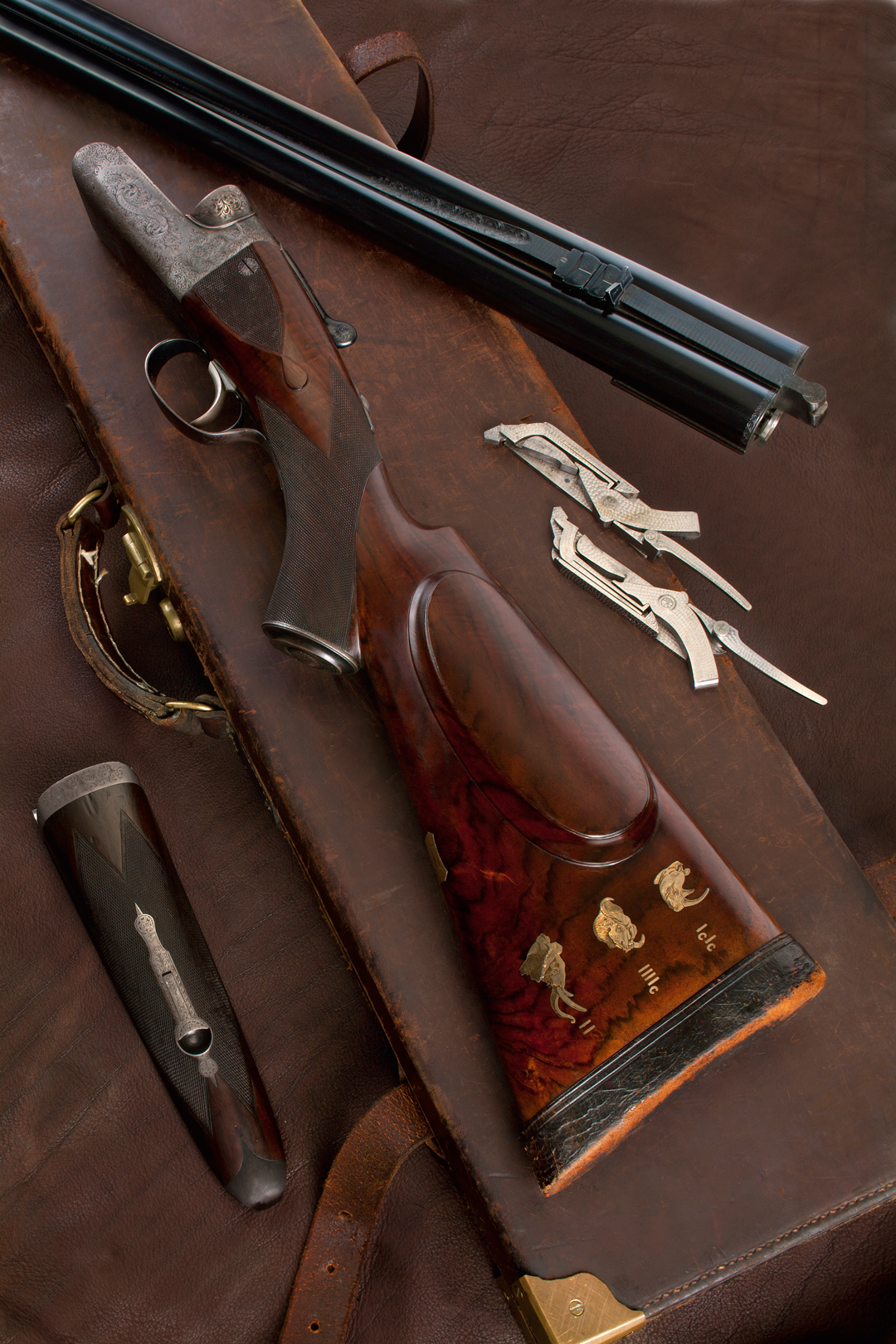 Stewart Granger’s .577 hand detachable lock double rifle, made in 1921 for Count Alfred Potocki author of one of the rarest books on hunting, Sport in Somaliland. Gun 17754.
Stewart Granger’s .577 hand detachable lock double rifle, made in 1921 for Count Alfred Potocki author of one of the rarest books on hunting, Sport in Somaliland. Gun 17754.Malcolm Lyell, then manager of the Westley Richards London shop, recalled of Granger as customer: “Soon after the 2nd World War he bought an estate near Haslemere and purchased a pair of Westley Richards best single trigger guns. In 1950, he came to tell me that he and Deborah Kerr were going to star in the film King Solomon’s Mines. He said ‘when I’m off set with Deborah, I want to get in among the buffalo.’ So I fitted out Jimmy with a best quality Westley Richards single trigger .577 double rifle, a .375 Holland and Holland Magnum magazine rifle, as well as a .240. He was a big man and very powerful. He handled that big .577 as if it were a .22! He used the rifles in Kenya, Uganda and the Congo, while on location and went back to East Africa in the years afterwards.”
“We inlaid the floating bones of the lion he shot with his .577 into the stock. We also inlaid in gold the heads of an elephant, rhino and buffalo, with numerals to show how many he had shot of each animal.”
The .577 Granger had was first built for Count Alfred Potocki in 1921, a Polish nobleman from a famous sporting and hunting family. The entry order book for the original gun (made on 12 May, 1921) was for 'One best quality double hammerless ejector .577 H.V. rifle (100 x 750) two triggers and HD locks with hinged cover plate'. On 22 May 1950 the order for Granger was to 'strip, clean & regulate, & see shooting correct. Reblack barrels if possible in time. Erase crest, & engrave J.S.G. Required by June 5th certain.'
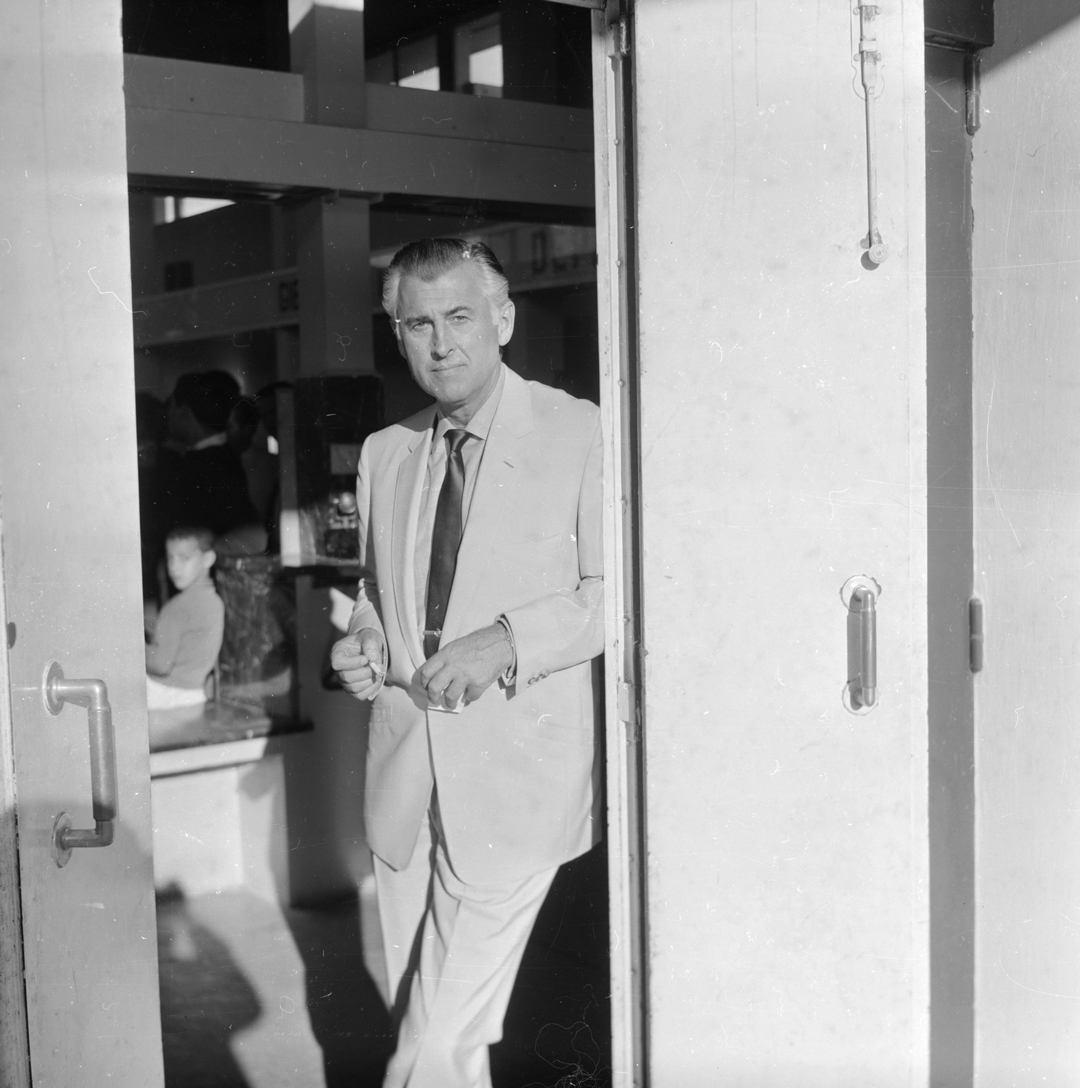 Stewart Granger filming in Africa in the 1960s, was an enthusiastic big game hunter.
Stewart Granger filming in Africa in the 1960s, was an enthusiastic big game hunter.Granger recalled his visits to the shop with affection in his memoir, Sparks Fly Upward. King Solomon’s Mines was released in November of 1950, and although the guns used in filming this and The Last Safari were not his Westley Richards guns, the .577 was the gun he used, off-screen in 1950, to shoot his first lion.
In The Last Safari in 1967 Granger plays a troubled professional hunter who decides to track down and shoot a bull elephant who has charged and killed his best friend – he is accompanied by a younger American tourist. The dramatic tension and the wildlife footage of this film make it a modern classic, at the same time capturing a particular era of big game hunting.
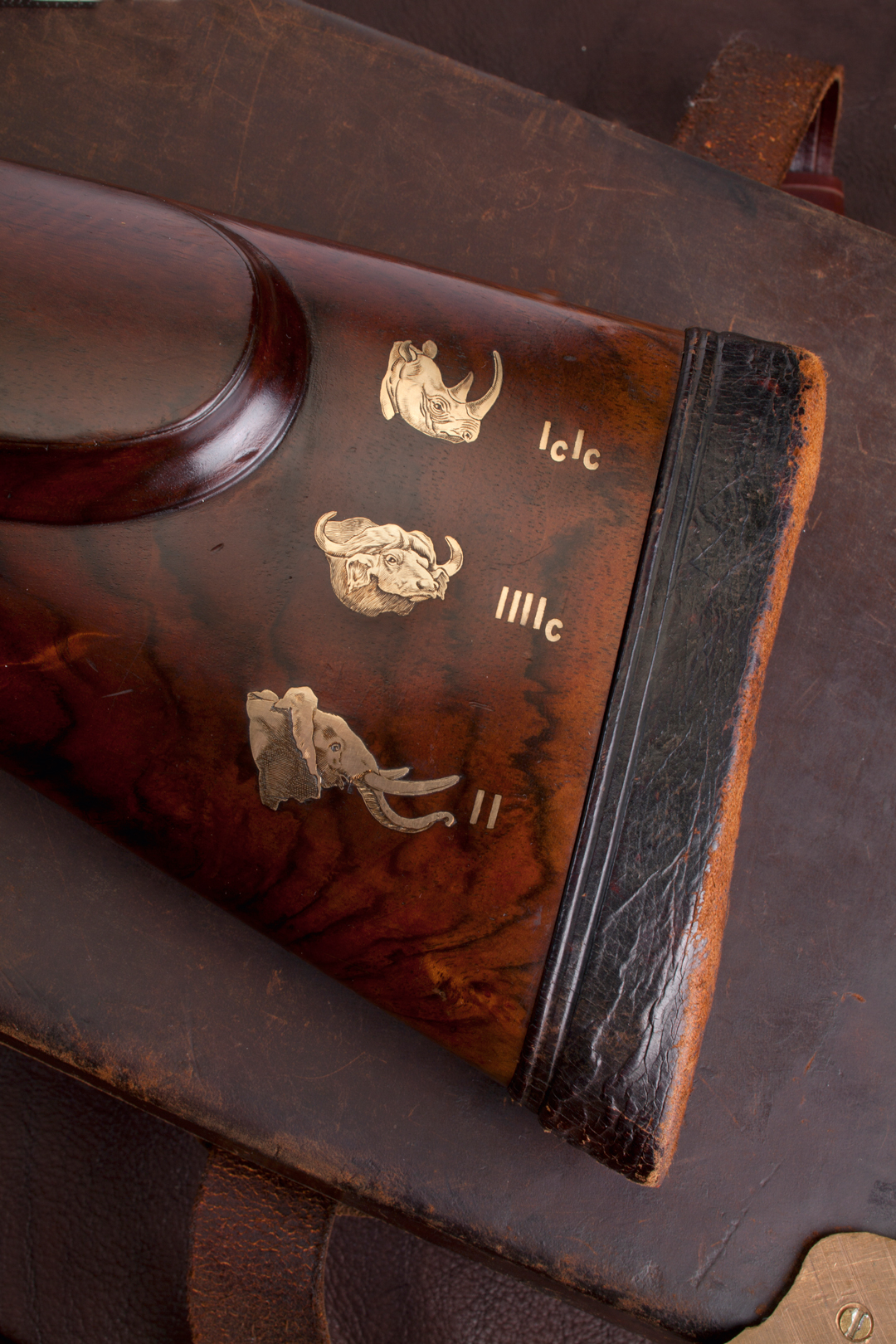 Granger’s guns were inlaid with the animals he had shot with his gun, rhino, buffalo, elephant, and the ‘c’ denoted that the animal had charged him.
Granger’s guns were inlaid with the animals he had shot with his gun, rhino, buffalo, elephant, and the ‘c’ denoted that the animal had charged him.The Explora Blog is the world’s premier online journal for field sports enthusiasts, outdoor adventurers, conservationists and admirers of bespoke gunmaking, fine leather goods and timeless safari clothes. Each month Westley Richards publishes up to 8 blog posts on a range of topics with an avid readership totalling 500,000+ page views per year.
Blog post topics include: Finished custom rifles and bespoke guns leaving the Westley Richards factory; examples of heritage firearms with unique designs and celebrated owners like James Sutherland and Frederick Courtenay Selous; the latest from the company pre-owned guns and rifles collection; interviews with the makers from the gun and leather factory; new season safari wear and country clothing; recent additions to our luxury travel bags and sporting leather goodsrange; time well spent out in the field; latest news in the sporting world; and key international conservation stories.












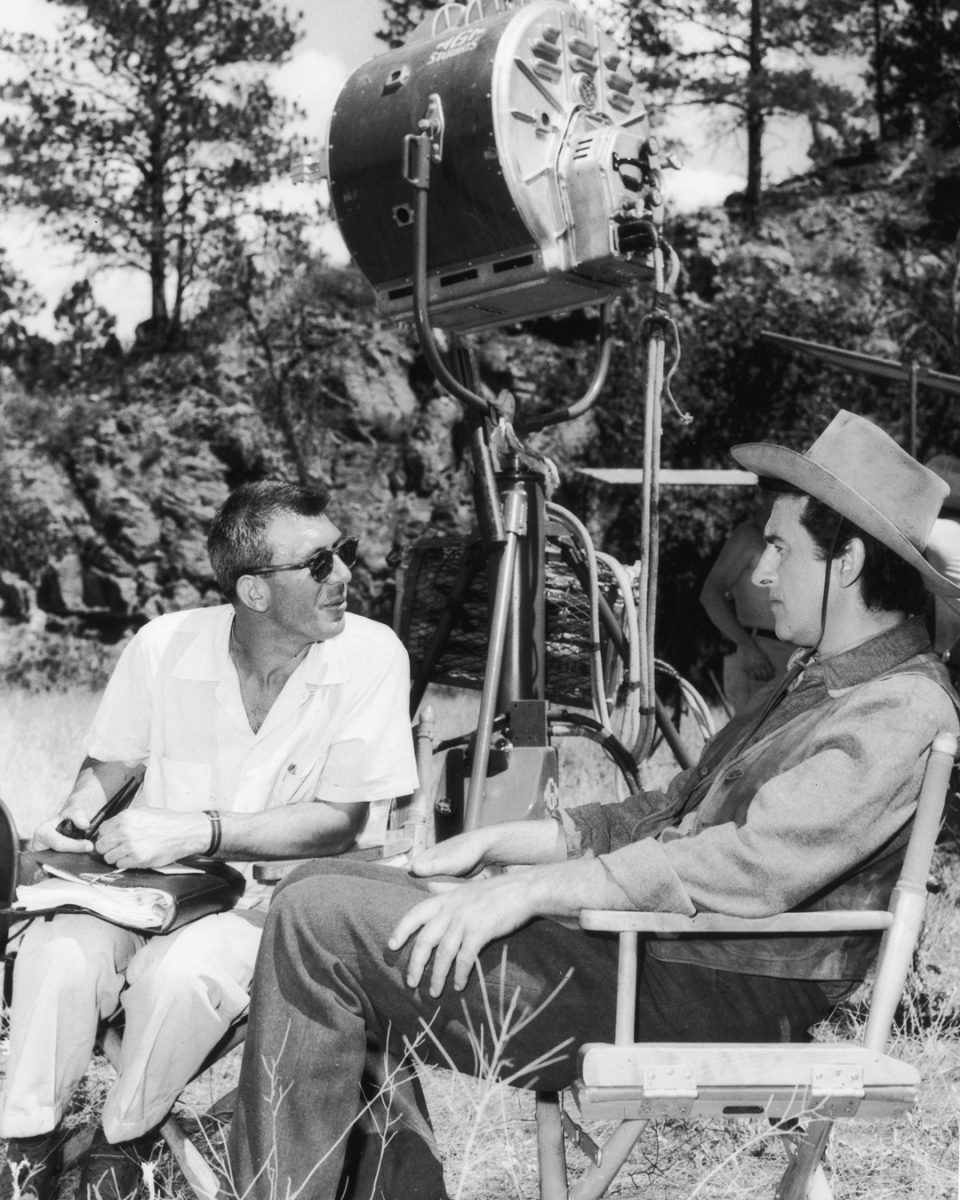
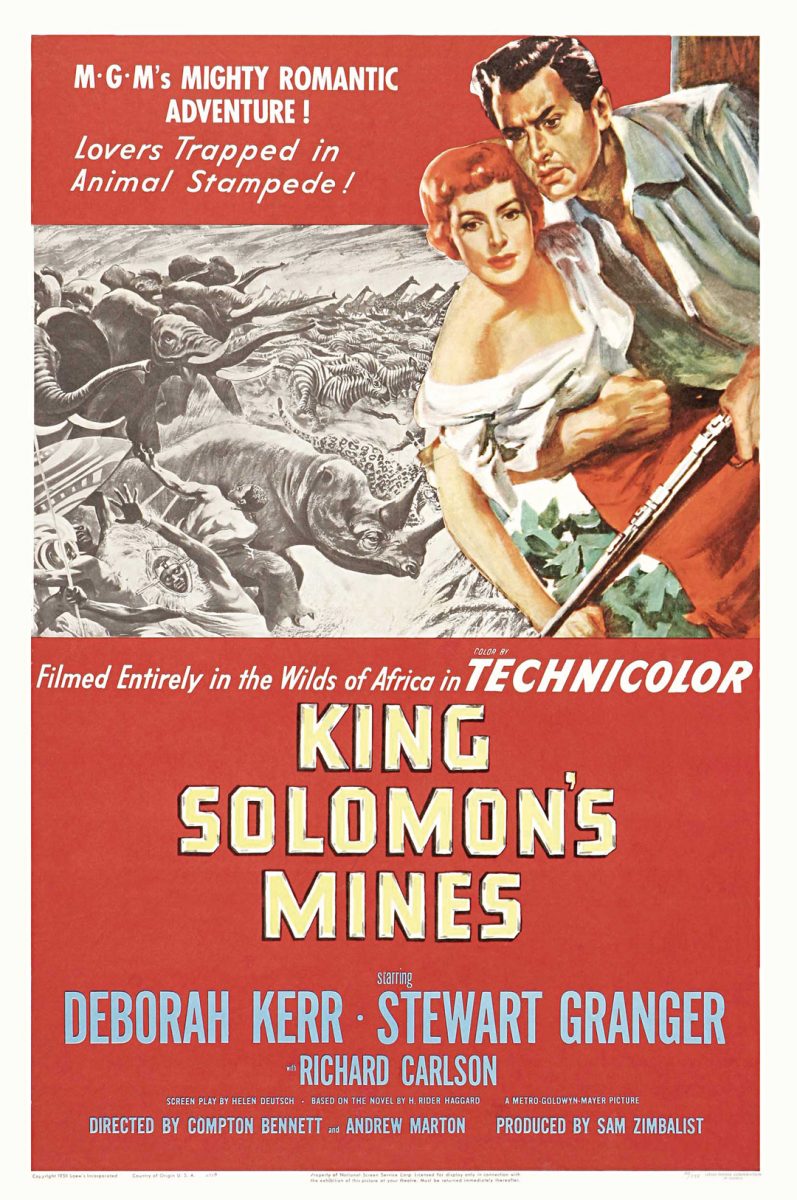
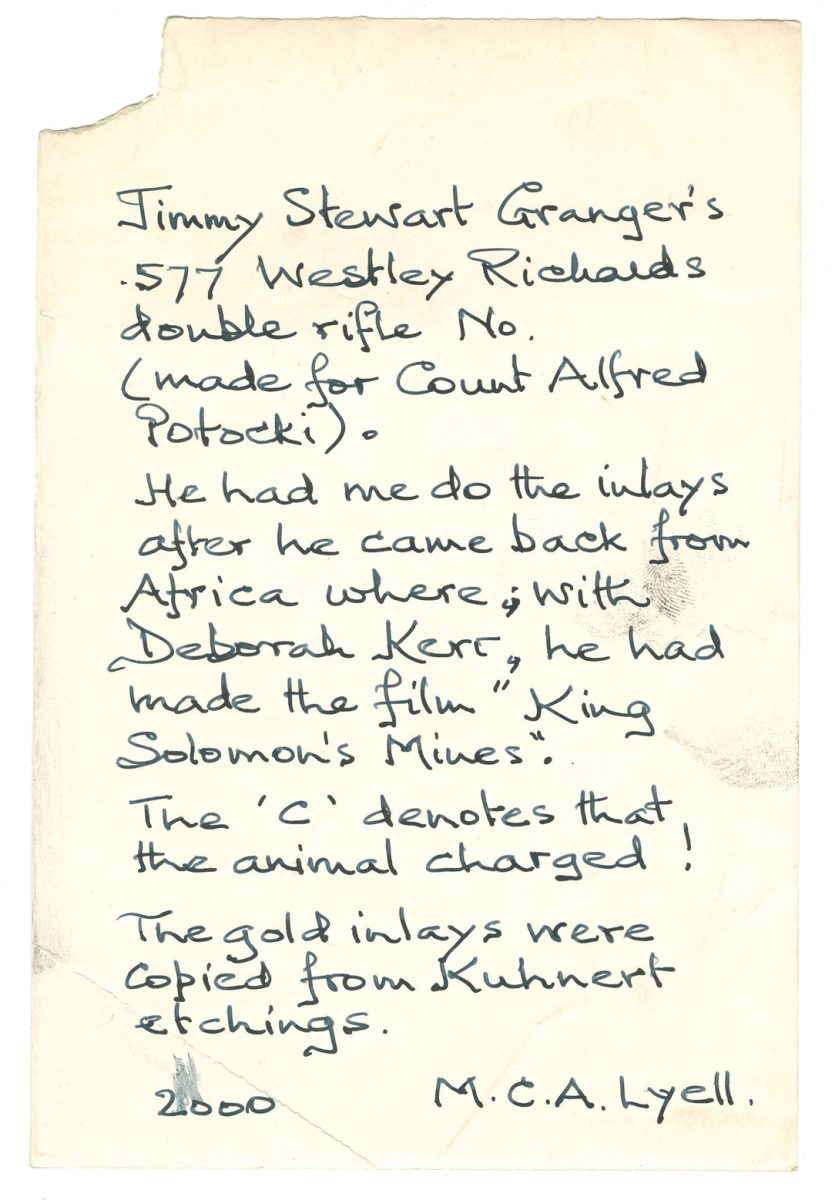

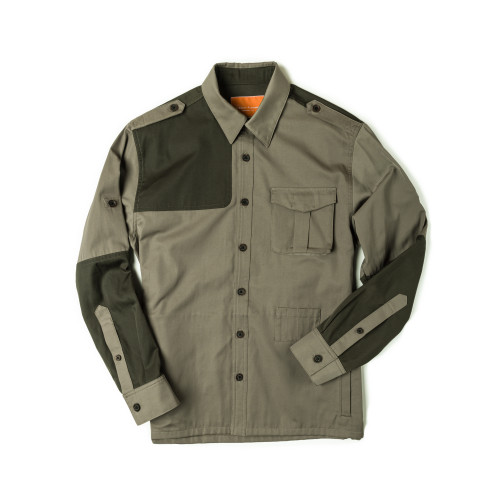
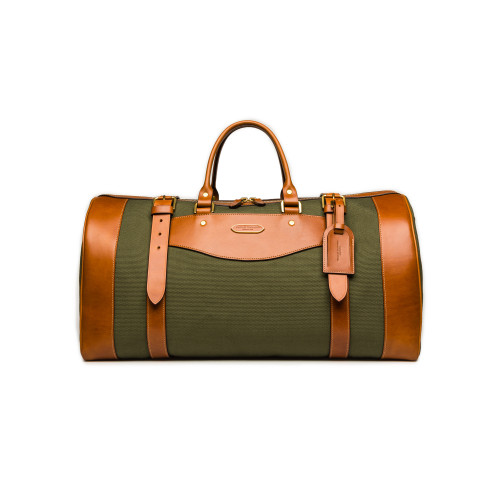
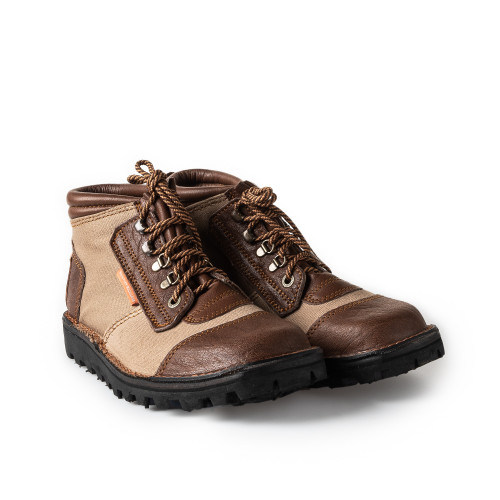
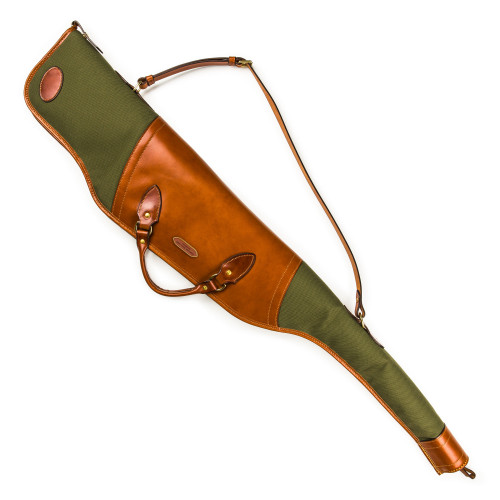

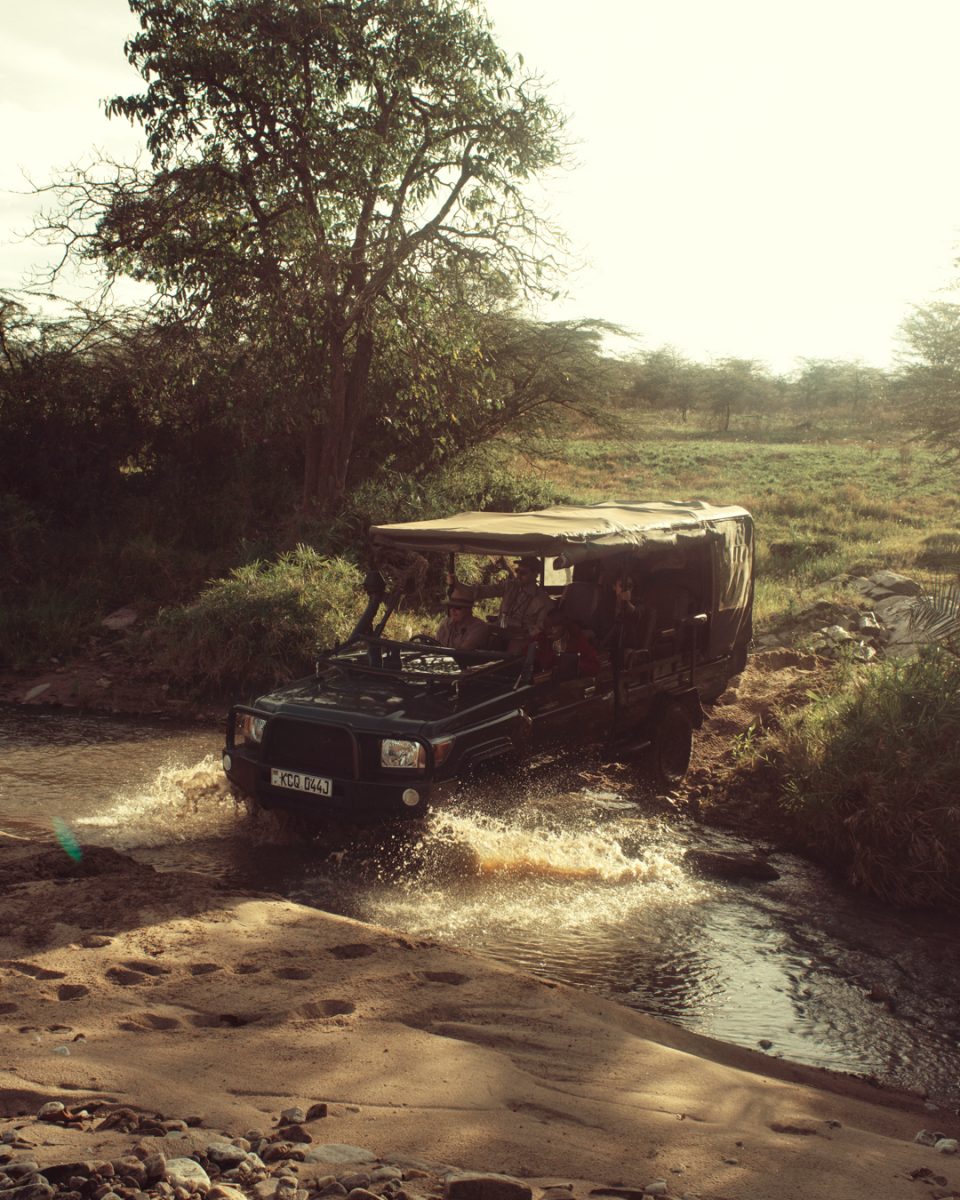
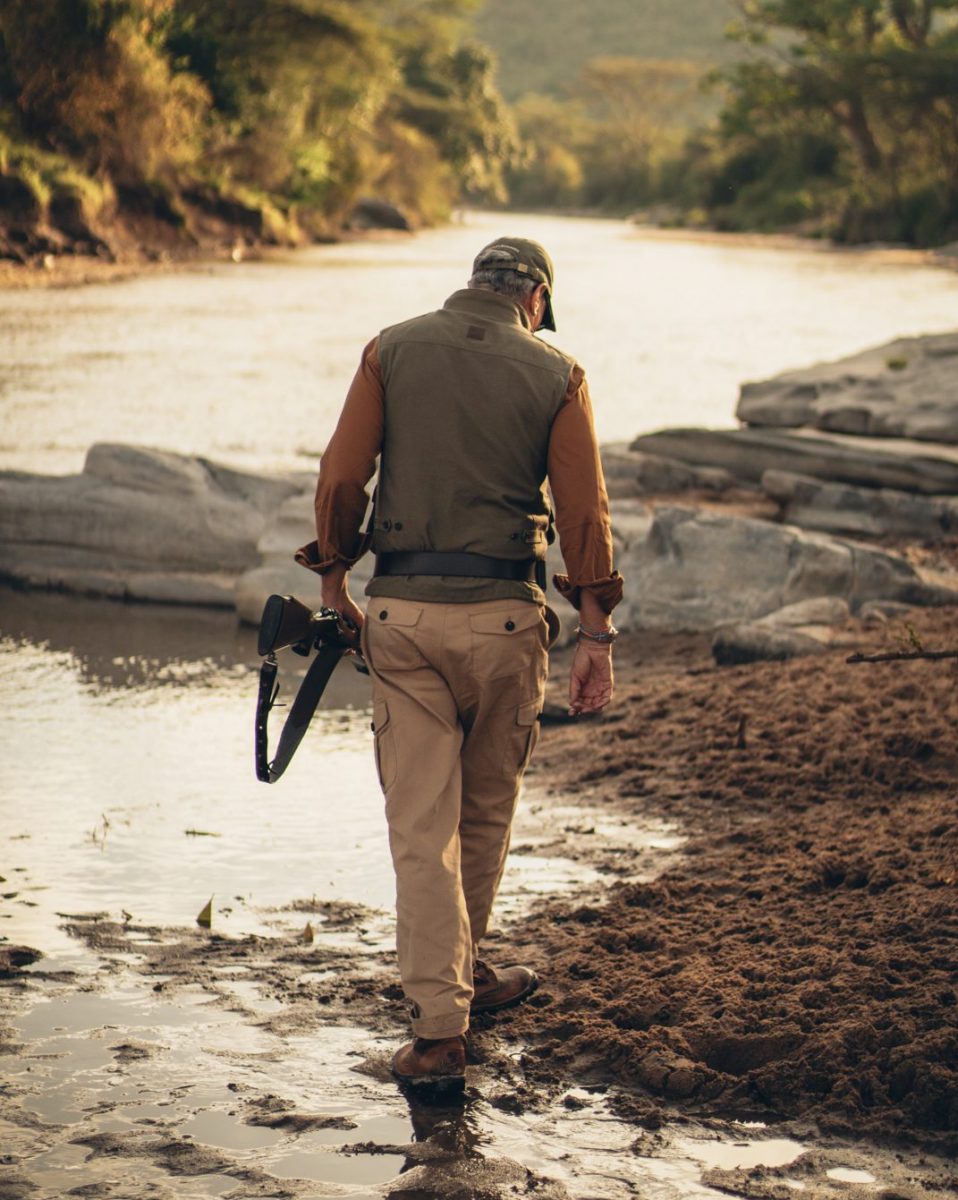


Per H on May 17, 2024 at 3:57 am
Harry Black and The Tiger is an excellent movie also with the proper double rifles in use there too .